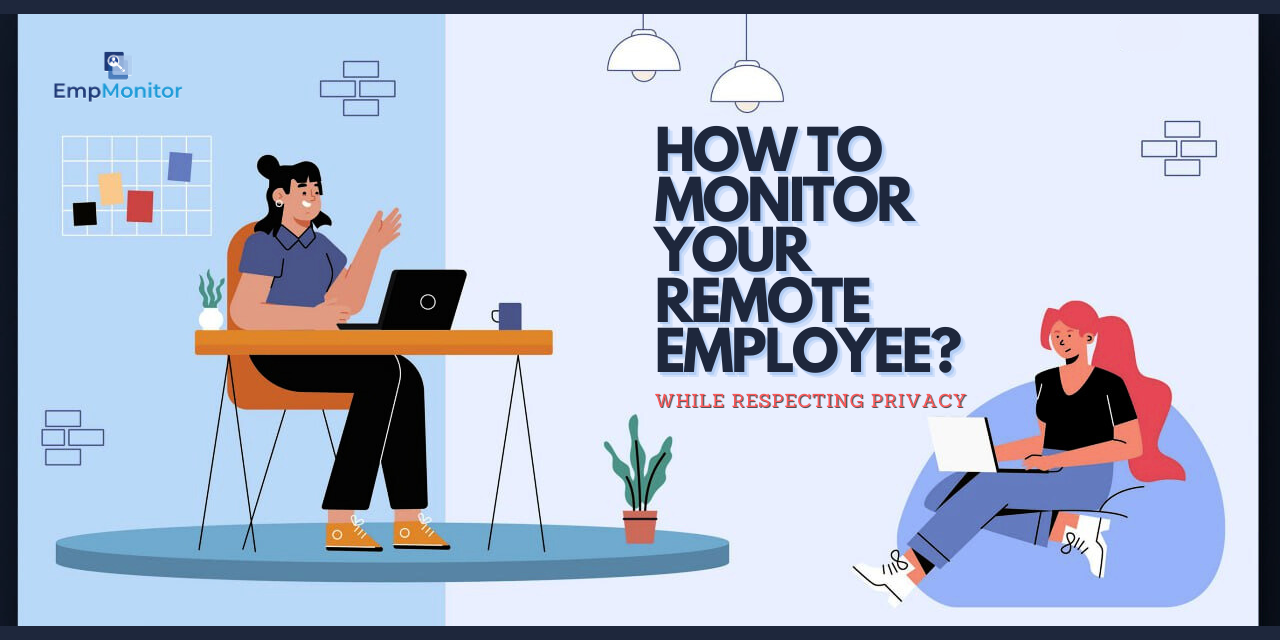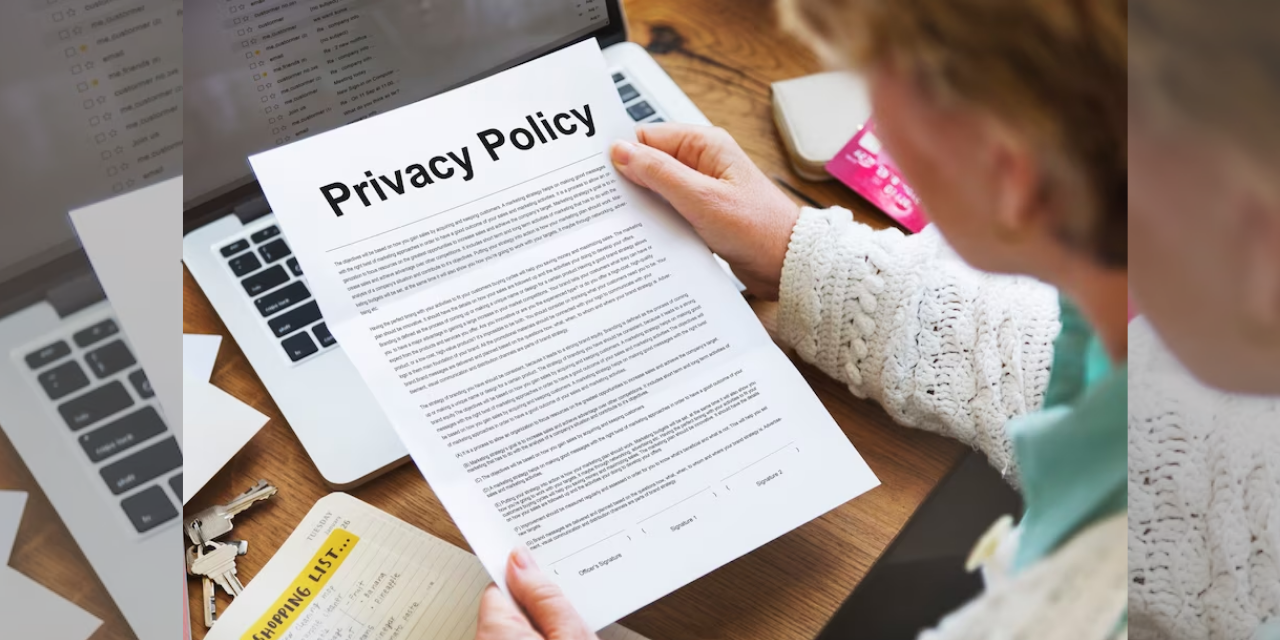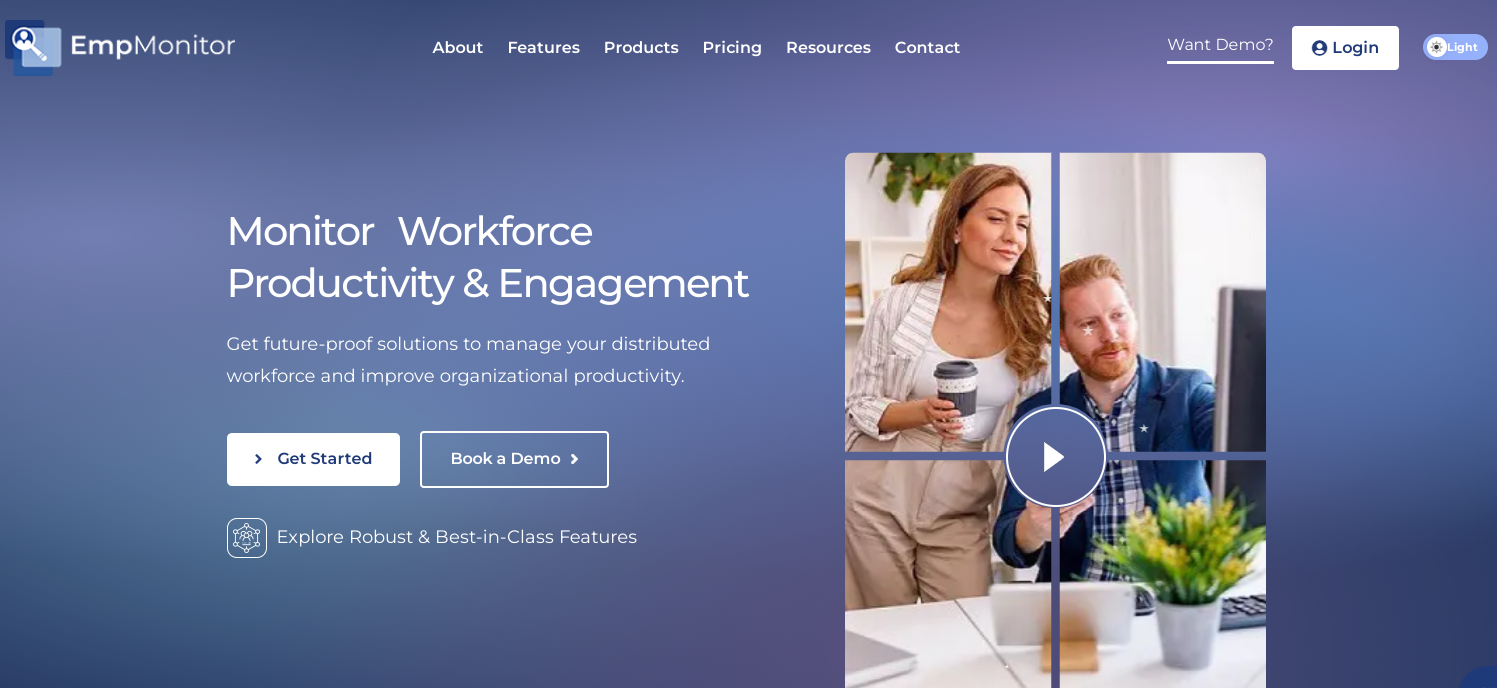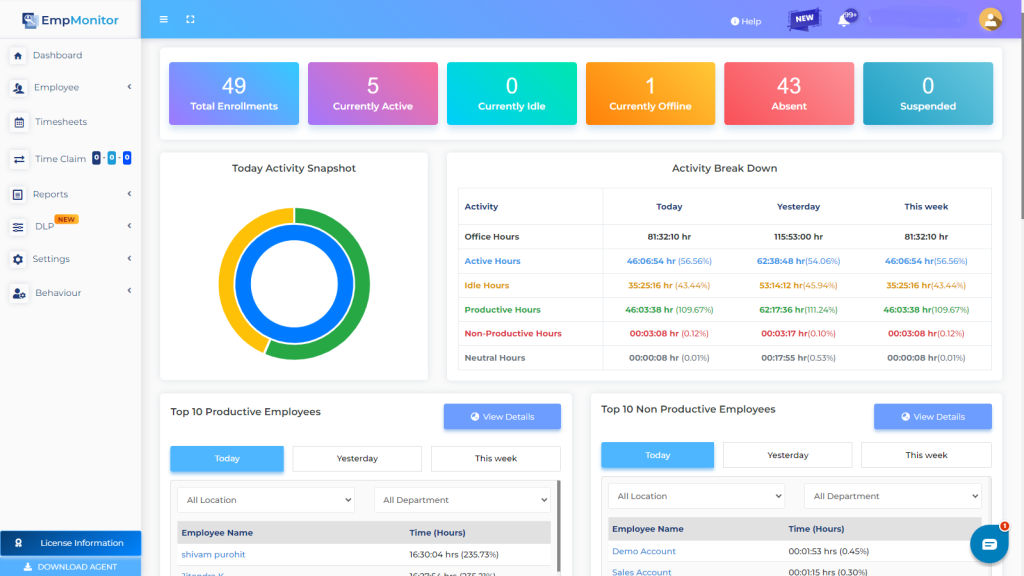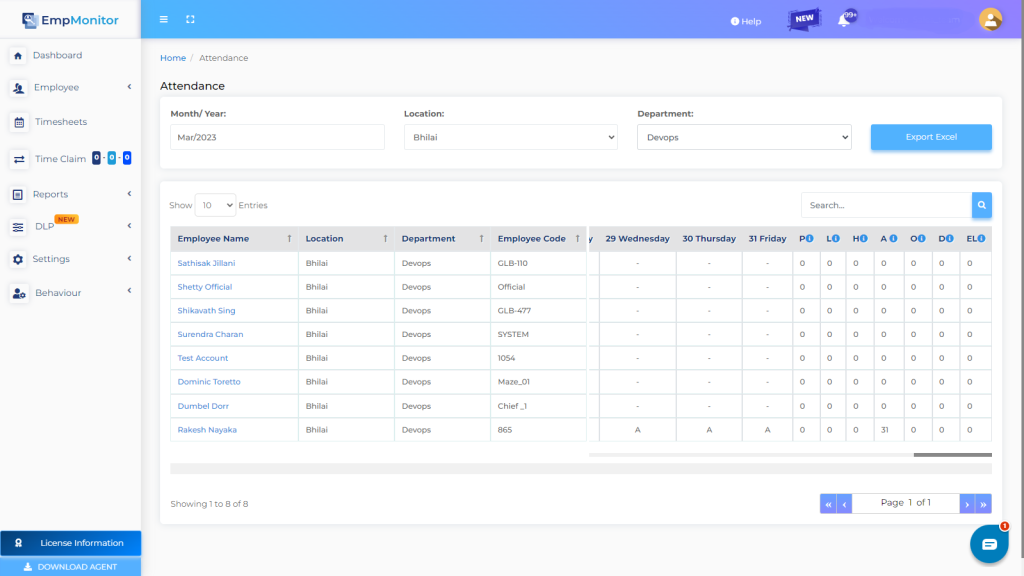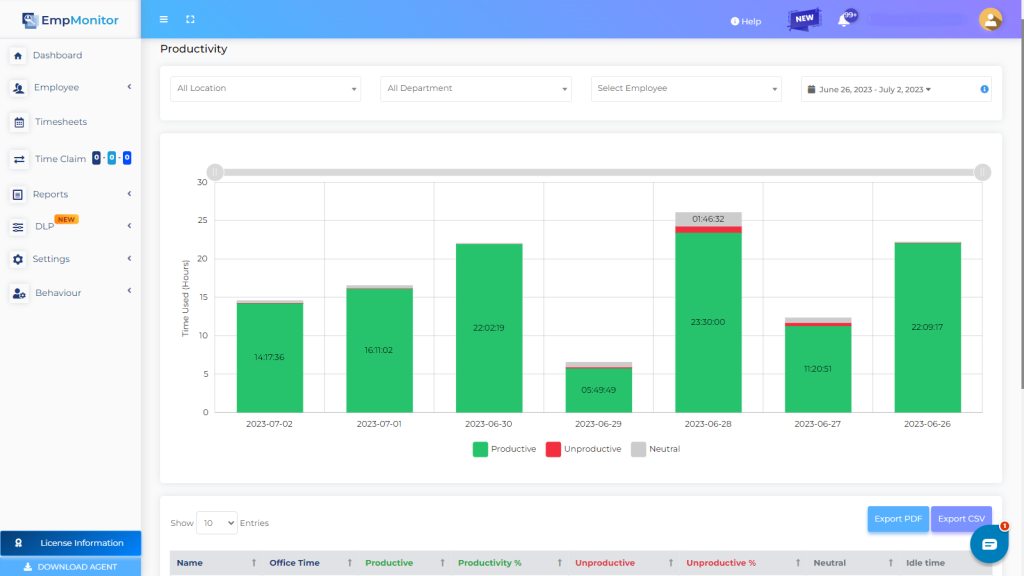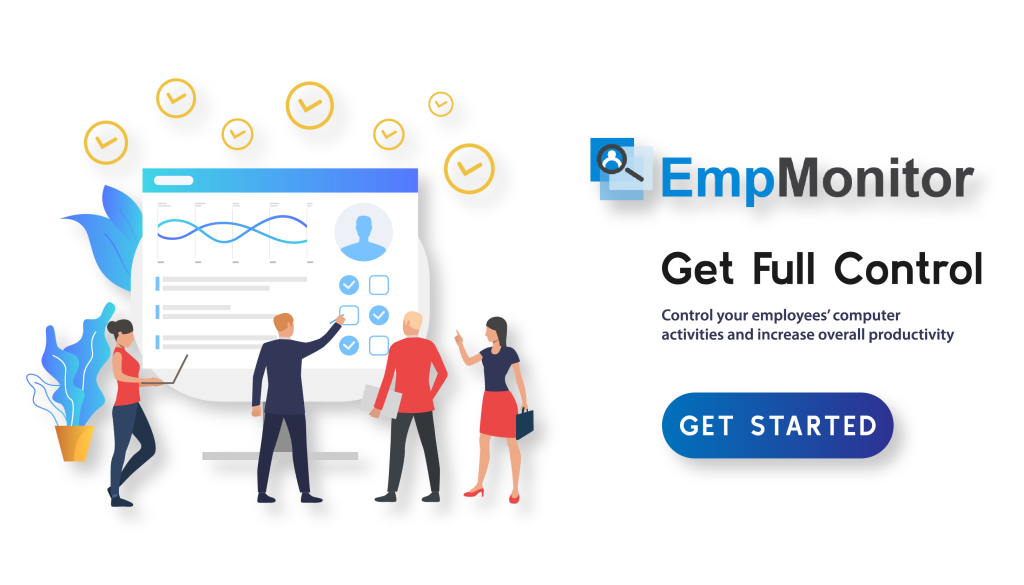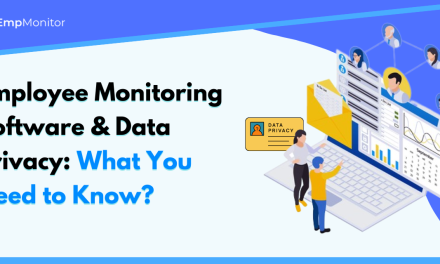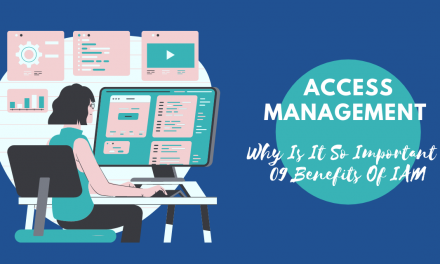The pandemic has been a thing of the past, but the shift in work-life has brought a new challenge for employers to monitor employee activity in remote settings. Remote employee monitoring has gained a whole new level of importance in recent years. Now that remote teams have become the norm rather than the exception, employers need better ways to monitor remote teams while safeguarding employee privacy rights.
But with a reliable remote employee monitoring platform, you can manage your team and track their activity during work hours. Tracking your employees during working hours is no longer optional. It became a must-have for both security and productivity reasons. However, to safeguard privacy, remote employee monitoring must be carried out transparently.
So in this blog, we are going to discuss monitoring remote employees and their privacy rights. And how to monitor your remote employee while respecting their privacy?
So, Let’s go!
In a hurry? Listen to the blog instead!
Know About Remote Employee Privacy Rights
Employee privacy rights limit how extensively an employer can search the data of remote employees or in-house employees and monitor their actions, speech, correspondence and personal lives. An employee privacy policy is a documentation specifying the company’s rules and procedures for gathering, using and disclosing the personal information of former, current or prospective employees.
Employees have the right to have personal space. The right to keep personal information about themselves concealed and the right to privacy about their work-related actions and private information. But more frequently than expected, company policies override these rights. Treating all the personal data of your employees and their families as private and confidential makes it easy to practice privacy. You may be interested in workplace monitoring to enhance workplace safety and improve productivity.
It is possible to effectively observe the workplace without infringing on your remote worker’s privacy rights. So, here are some ways to monitor your remote employee and hybrid workforce while respecting privacy:
Consider The Legalities First
Before monitoring employees, employers must consider their legal obligations. For example,
- If you are an IT company in India, you must follow the IT Act of 2000
- If you are a large company in Europe, you must comply with GDPR.
- In Canada, you must follow PIPEDA, which applies to certain businesses.
- In Australia, where laws vary by state and territory, it is necessary to ask for authorisation before recording.
All laws of different countries showcase different guidelines, but one thing that comes in common is employee privacy and data safety. Employers should be careful while recording audio or video conversations involving sensitive information, such as bank details or health information, as these recordings may be legally protected.
As an Employer, it is your duty to ask your remote employee permission or consent to record screen authority beforehand for clear transparency in the workspace.
Inform Your Remote Staff About Monitoring Software
Always know that it’s your responsibility to keep tabs on your remote employees. The question is, how?
If you use employee remote monitoring software without conversing with the employees, they might object and also consider it an invasion of privacy.
Though many employees unhesitantly agree to be monitored. As an employer, you must confront your employee beforehand about what is a remote employee monitoring and how it may help them. Asking for approval will form a transparent environment between you and your employees.
It is also good to set up a virtual meeting for employees who have questions or concerns about what they find in their monitoring reports, to avoid any hard feelings down the road.
In particular, always confirm from the employees that they know there is nothing shady going on in the work and that it’s all part of your effort to get them back to work quickly.
Don’t Share The Personal Data Of Your Remote Employees
Remote employee monitoring is an excellent way to ensure they’re doing their jobs, but it can also help you determine which workflows need optimizing.
However, there are many grey areas regarding data privacy and what’s fair game for sharing. To prevent future confusion, always ensure that you do not share any personal data from an employee file, such as social security numbers or bank account information.
Lastly, be aware of any changes in company-wide privacy policies; new laws frequently get introduced, impacting how companies collect employee information.
Use Employee-Friendly Remote Employee Monitoring Software
Modern remote employee monitoring software is widespread for maintaining the productivity track of both remote and in-house employees. You may assist employees in accepting performance software by phrasing it as a productivity tool rather than monitoring job performance. When workers realize that the performance software is there to aid them, they will be more receptive to it to improve their productivity.
A recent study shows that almost every private employee is open to their employers monitoring them as long as it serves their interests.
So, Here’s how to get your remote employee using employee management software:
- Ensure they may be more self-reliant and list the hours when they are at their best.
- Emphasize how it removes the need to hunt down others to check production deadlines and standards.
- Highlight the simplicity of deploying productivity management software on workstations for employees and businesses.
Being the best remote employee monitoring system, EmpMonitor can help you manage your time and employee productivity. It is software that can also help you to prevent Insider Threats. It has a lot of great employee-friendly options.
Here are some of the employee-friendly features of EmpMonitor you might like:
Real-Time Insights
Real-time insight can help you identify the productivity of your employees. It also picks out the top productive employees with a graphical representation of their working hours.
Similarly, this feature also recognises the top most unproductive employees with their set of productivity hours. It also helps you to proceed as an employer to analyse employees productivity and communicate with them about the issue they are facing.
Attendance Management
This feature helps in managing attendance effortlessly. Both you and your employee can get access to the monthly calendar.
It also provides a better leave management system with a relish of manual check-in and check-out.
Measure productivity:
Features like the productivity report drop box in the report section can help you and even the employees themselves to track their daily work hours, office hours, active hours, productive/unproductive hours, etc.
These all employee-friendly features of EmpMonitor can help you monitor your employees. Even employees can also overview their daily productivity and analyse their own performance daily.
Read More:
All About Employee Monitoring Software And Data Privacy
23 Strategies to Manage Remote Employees
21 Best Remote Employee Monitoring Software
Goldbricking: How To Identify And Prevent Productivity Loss
Update Your Policies Regularly
It can be challenging to remain updated with which laws are changing and when. If you don’t update your policies regularly, you might risk getting hit with massive fines or even lawsuits.
You may also break your company’s ethical standards if you have an outdated policy. Make it a ritual to sit down and think about if you need to update your business policy and how your business is affected according to the changing newly introduced policy.
Keep an eye on upcoming changes so that you can take care of these updates quickly instead of waiting for them to come around again later (aside from being legally required).
Generate Acceptable Use Policy (AUP)
Remote Employee Monitoring software can tell you exactly what’s happening with your company’s computers, including time spent online and what sites are visited. But there are some limits.
For example, if you’re interested in monitoring employees for signs of misconduct or theft, you may have to dig deeper into employee privacy rights—in other words, tread carefully.
It all depends on whether or not there was a Signed agreement from employees to let their employer monitor their computer usage and online activities even before they join.
This agreement is known as the acceptable use policy (AUP), and it is necessary to disclose it before someone can start working at your company. If employees sign off on an AUP (usually while applying for a job), that means they agree to let you track certain aspects of their work habits.
However, if they don’t consent, you probably won’t want to risk your remote employees’ security or violating privacy laws.
Remember, you’ll save money by convincing your remote employee monitoring software for your employee to deploy only one remote access tool across your business instead of having different employees log into several web portals each morning or week.
Here are some more Tips to remember for monitoring your remote employees.
- Understand the technology. Before deploying any monitoring software, make sure you’ve carefully reviewed its features. Seeking input from your legal and HR department is essential for minimizing legal risk and maintaining employee trust. Smaller businesses without an internal legal department should always consider consulting with a business law attorney.
- Establish an acceptable use and electronic communications policy. Companies should consider what their employees’ expectations are concerning privacy. A well-drafted communication and monitoring policy lets remote employees know what they can expect when using your organization’s systems.
- Be prepared to investigate. Whether you’re monitoring for nonperformance, malicious insider activity, or other problematic activity, it’s crucial to have a process before only that addresses how your organization will investigate and manage any possible breaches or misconduct.
Do You Know?
|
|
Final Thoughts
Always remember there is a fine line between monitoring remote employees and safeguarding their privacy as an employer. Monitoring remote employee productivity is a valuable business task that improves productivity and provides remote employers with essential insights into their staff. Employers, on the other hand, must avoid violating employee privacy rights. Maintaining a solid balance between the two is a difficult task but if both work together it is not a tough job.
Try to follow the ways we’ve provided, and we will guarantee you’ll be able to create an effective monitoring plan that your staff will appreciate.
Also, you are always welcome to Request a free demo of user activity employee remote work monitoring software to monitor your employees without breaching their privacy.

